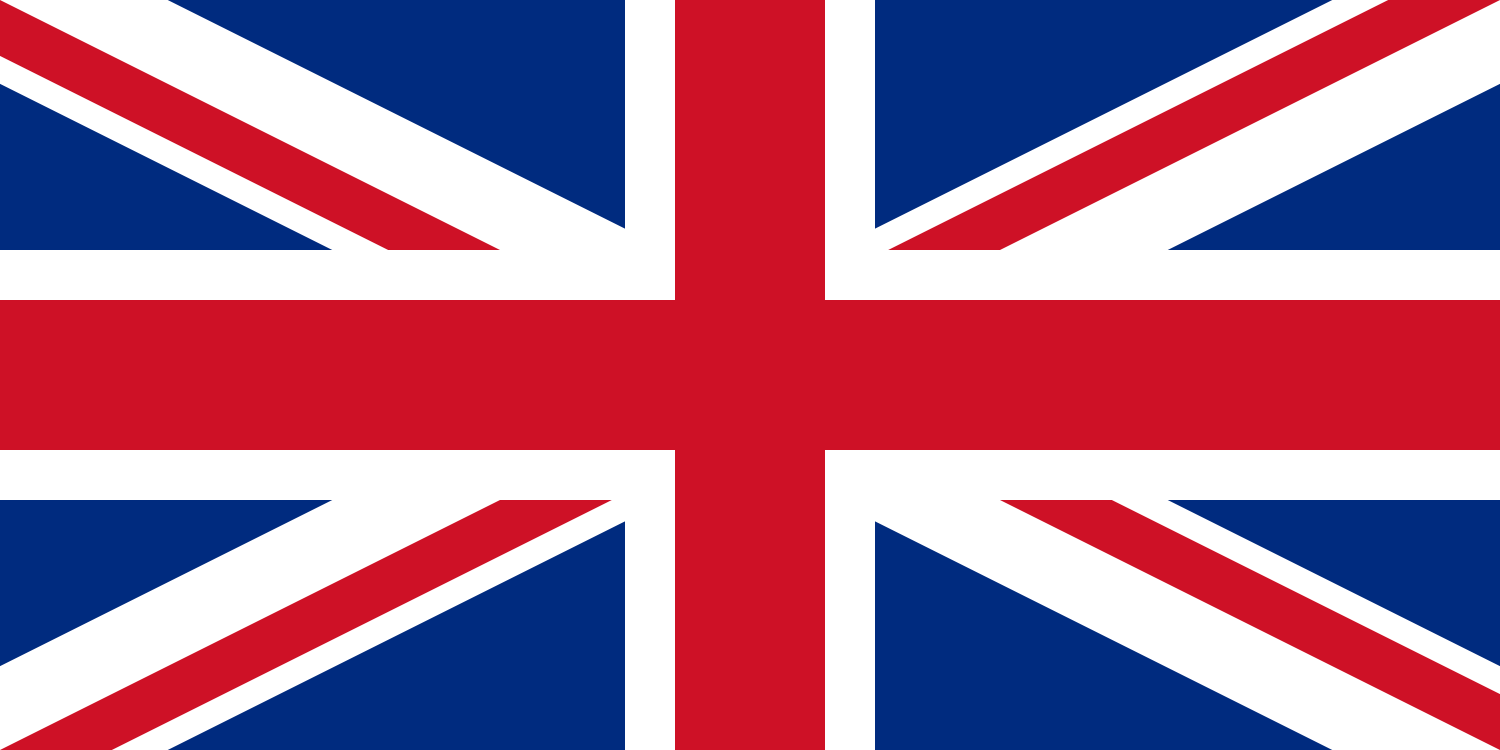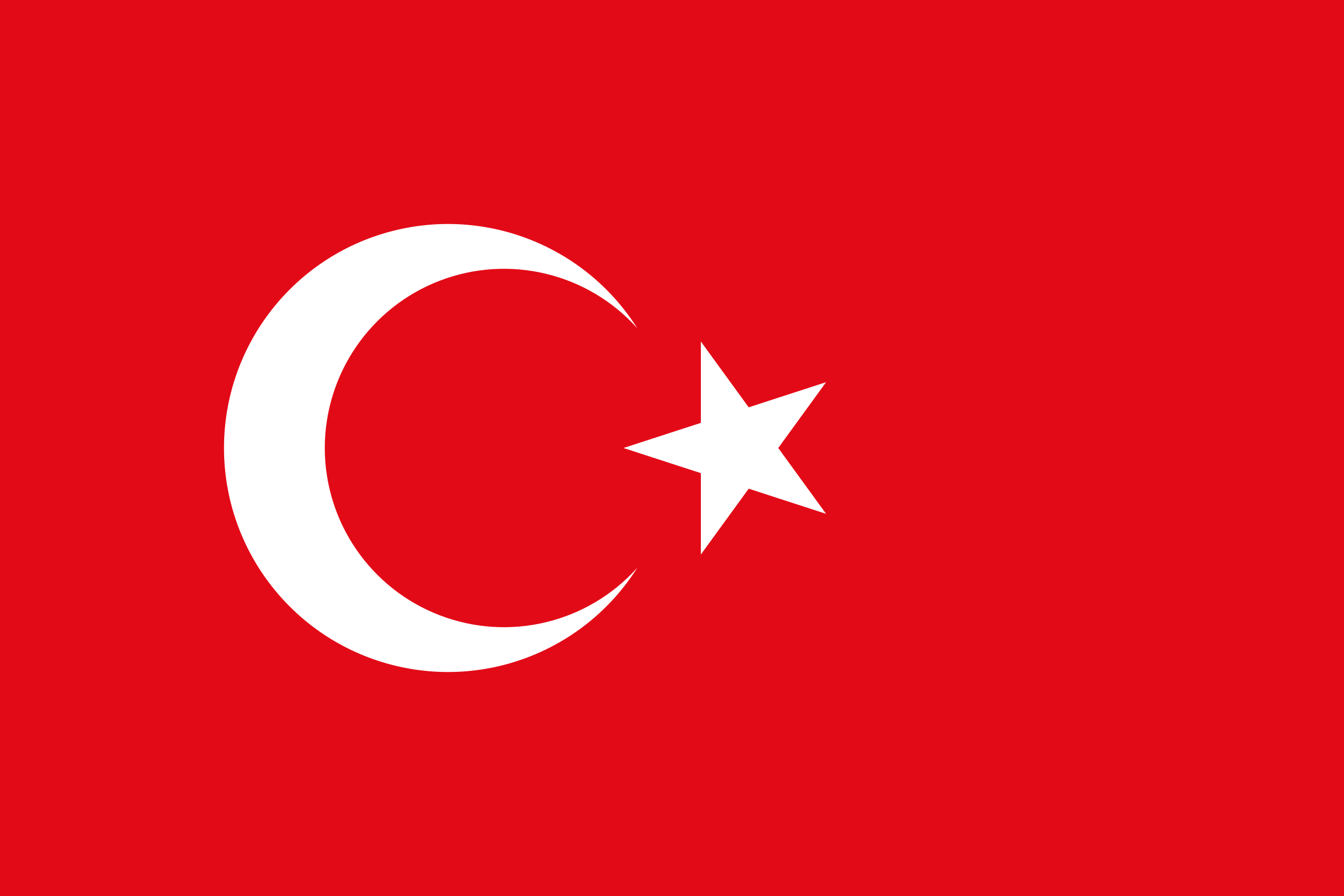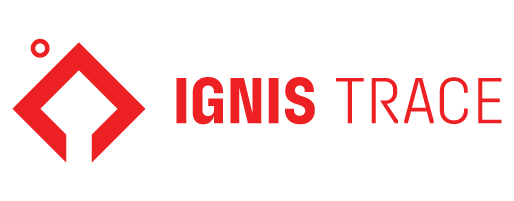- Home
- Heat Trace Services
- Pipes Freeze Protection
Pipes Freeze Protection
- Overview
- Pipes Freeze Protection
- Industrial Fire Safety Solutions
- Industrial Temperature Maintenance
- Snow & Ice Melting For Roofs And Gutters
- Tank and Silo Heating
- Ramp and Road Heating Systems
- Electric Under-Floor Heating
- Long Pipeline Heating
- Ex-Proof Electrical Equipment and Solutions
- Industrial Heated Insulation Jackets
- Fuel & Chemical Leak Detection Systems
- Heating Solutions For Open Sea And Arctic Shipping
- Tank Insulation
- Bunker Heating
- Industrial Immersion Heaters

Freeze protection is a critical aspect of maintaining the functionality and safety of various systems during cold weather. It involves using a range of techniques and products designed to prevent pipes, tanks, roofs, and other components from freezing. Effective freeze protection is essential not only for residential properties but also for industrial facilities, where the freezing of pipes and equipment can cause significant damage, disrupt operations, and lead to costly repairs. By implementing appropriate freeze protection systems and solutions, both homeowners and businesses can safeguard their assets and ensure uninterrupted operation during the winter months.
What is Freeze Protection?
 Freeze protection refers to a set of strategies and products designed to prevent the freezing of water in pipes, tanks, and other critical systems. This is essential in both residential and industrial settings where low temperatures can cause significant damage. The goal of freeze protection is to maintain the temperature of water and other fluids above freezing to avoid the complications associated with frozen pipes and equipment.
Freeze protection refers to a set of strategies and products designed to prevent the freezing of water in pipes, tanks, and other critical systems. This is essential in both residential and industrial settings where low temperatures can cause significant damage. The goal of freeze protection is to maintain the temperature of water and other fluids above freezing to avoid the complications associated with frozen pipes and equipment.
The methods for achieving freeze protection include insulation, heating cables, and automated systems like heat trace solutions. Insulation provides a barrier against cold temperatures, while heating cables actively warm the pipes or tanks to prevent freezing. More advanced systems, such as heat tracing and freeze protection, use sensors and thermostats to regulate temperatures automatically, ensuring optimal performance and energy efficiency. These approaches help maintain the integrity and functionality of essential systems throughout the winter.
Freeze Protection Systems
Freeze protection systems are comprehensive setups designed to prevent freezing in pipes, tanks, roofs, and other critical infrastructure. These systems are particularly crucial in industrial settings, where freezing can disrupt operations, cause equipment damage, and lead to significant financial losses. Freeze protection systems can range from simple insulation methods to more complex solutions like heat line freeze protection systems that integrate advanced heating technologies.
The components of freeze protection products often include heating cables, thermostats, and control units that work together to monitor temperatures and apply heat as needed. Some systems are specifically designed for harsh environments and can withstand extreme cold, moisture, and other challenging conditions. These systems provide a reliable method to ensure continuous operation and safety in various settings, from residential buildings to large industrial facilities.
Freeze Protection Cable
A freeze protection cable, also known as a heating cable, is a key component in preventing pipes and other surfaces from freezing in cold weather. These cables are designed to provide consistent heat along the length of a pipe or surface to maintain a temperature above freezing. This is particularly useful for exposed pipes in unheated areas, such as basements, crawl spaces, and outdoor locations, where freezing temperatures are a common risk.
Freeze protection cables come in various types, including self-regulating and constant wattage. Self-regulating cables adjust their heat output based on the ambient temperature, making them more energy-efficient and safe for use in a variety of applications. Constant wattage cables deliver a steady amount of heat, ideal for applications requiring uniform heating. Both types are essential in maintaining the flow of water and other fluids, preventing freezing and the subsequent damage it can cause.
Freeze Protection Solutions
Freeze protection solutions encompass a variety of methods and products designed to prevent freezing in pipes, equipment, and structures exposed to cold environments. These solutions are critical in regions with harsh winters and in industries where maintaining a constant flow of liquids is essential. Solutions range from simple insulation techniques to advanced heating systems, ensuring that water lines, tanks, and sensitive equipment remain operational even in sub-zero temperatures.
Common freeze protection solutions include freeze protection insulation that provides a thermal barrier, heat trace systems that use electrical heating elements to maintain temperatures, and heat tracing and freeze protection technologies that automate temperature regulation. These products and systems are tailored to the specific needs of each application, whether for residential plumbing, commercial operations, or large-scale industrial processes. The right combination of these solutions can effectively mitigate the risks associated with freezing temperatures, ensuring reliability and safety.
What are the Solutions for Industrial Freeze Protection?
 Industrial freeze protection solutions are designed to prevent freezing in pipes, tanks, and equipment used in industrial settings, where freezing temperatures can cause severe disruptions and damage. These solutions often involve the use of heat trace pipe freeze protection systems, which employ electrical heating cables to maintain the temperature of pipes and prevent them from freezing. These systems are highly effective for long pipe runs and large tanks that are exposed to extremely cold conditions.
Industrial freeze protection solutions are designed to prevent freezing in pipes, tanks, and equipment used in industrial settings, where freezing temperatures can cause severe disruptions and damage. These solutions often involve the use of heat trace pipe freeze protection systems, which employ electrical heating cables to maintain the temperature of pipes and prevent them from freezing. These systems are highly effective for long pipe runs and large tanks that are exposed to extremely cold conditions.
Other solutions for industrial freeze protection include freeze protection insulation and heat tracing technologies, which can be customized to meet the specific needs of various industries, such as oil and gas, chemical processing, and food manufacturing. Insulation provides a passive barrier against cold, while heat tracing adds active heating capabilities to maintain critical temperatures. By implementing these solutions, industries can ensure that their operations continue smoothly, even during extreme cold weather, minimizing downtime and preventing costly repairs.
What are the Benefits of Freeze Insulation?
Freeze protection insulation offers several benefits, making it a key component in protecting pipes, tanks, and other equipment from freezing. The primary advantage is its ability to provide a thermal barrier that helps maintain the temperature of fluids within pipes and tanks, preventing freezing and the damage that can result. This type of insulation is particularly valuable in unheated spaces, such as attics, basements, and outdoor areas, where pipes are more susceptible to freezing.
Beyond its protective properties, freeze protection insulation also improves energy efficiency. By reducing heat loss, it minimizes the need for additional heating, leading to lower energy consumption and cost savings. Insulation materials are designed to withstand harsh environmental conditions, making them durable and long-lasting solutions for both residential and industrial applications. Overall, insulation plays a crucial role in comprehensive freeze protection systems, helping to safeguard infrastructure and ensure uninterrupted operations during cold weather.
Why is Freeze Protection Important?
Freeze protection is crucial for preventing the damage and disruption caused by freezing temperatures, especially in areas where winter weather can be severe. Freezing temperatures can lead to frozen pipes, which may burst and cause water damage, interrupting daily operations and requiring costly repairs. For industrial facilities, the consequences of frozen equipment can be even more severe, potentially halting production and leading to significant financial losses.
Implementing effective freeze protection systems helps maintain the flow of water and other fluids, ensuring that essential services and operations continue without interruption. This is particularly important for industries such as oil and gas, chemical processing, and food manufacturing, where maintaining specific temperatures is critical. Additionally, freeze protection measures like heating cables and insulation can enhance energy efficiency, reduce maintenance costs, and prolong the lifespan of infrastructure, making them a valuable investment for both residential and industrial applications.

 Türkçe
Türkçe